10 Fascinating Facts About Owls Not Many People Know
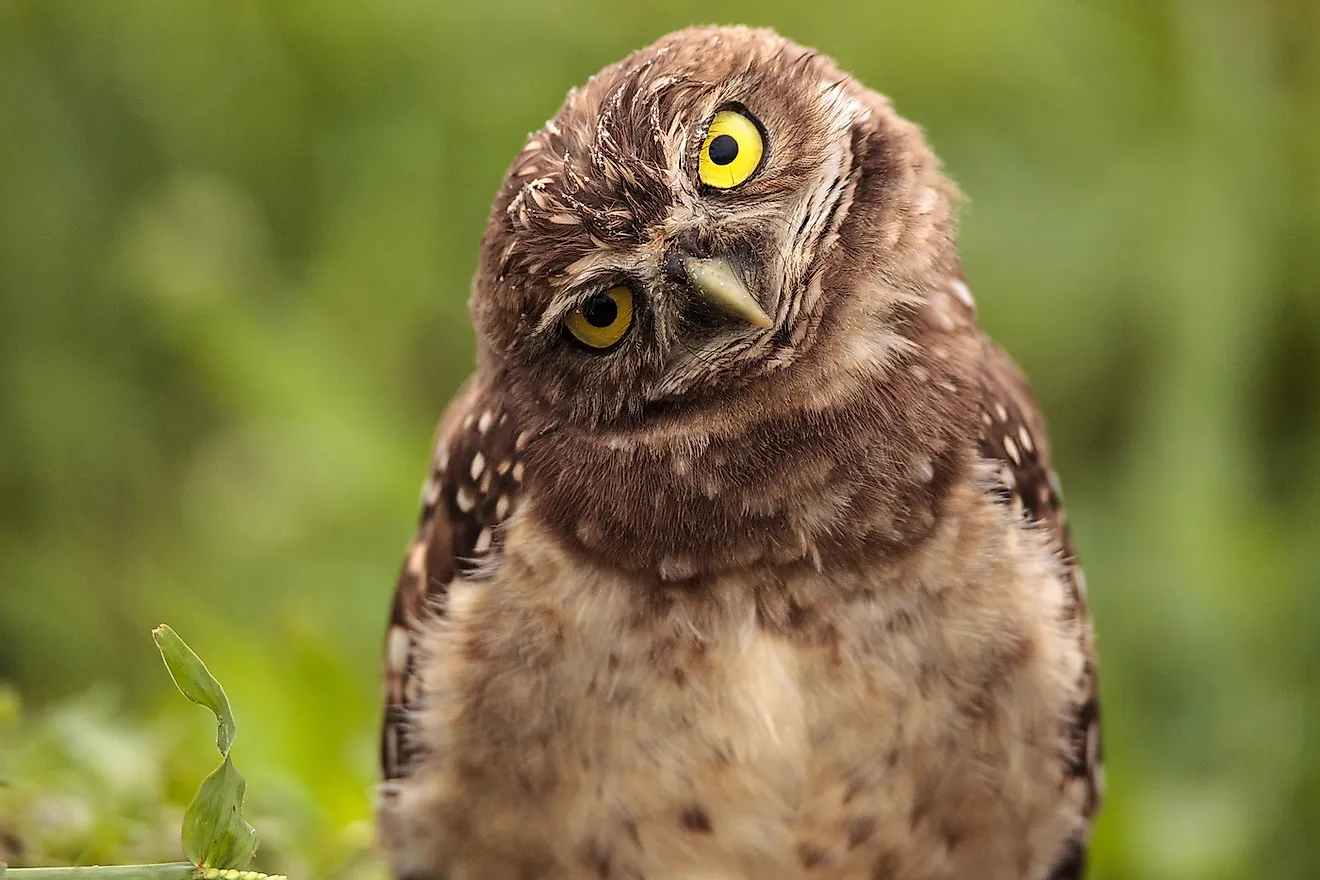
- Owls can rotate their heads 270 degrees around their body.
- The smallest owl in the world is known as the Whitney's elf owl standing at approximately 5-inches tall.
- A grouping of owls together is called a 'parliament'.
Found all over the world, owls have captured the imaginations of peoples throughout recorded history, from the Ancient Greeks to the native tribes of North America, like the Apache, Cree and Cherokee (among many others.) Owls first appeared in the fossil record around 60-million years ago and their ancient origins might just lend credence to the notion that they represent cosmic wisdom and divine knowledge, as believed by many cultures around the world. Some even contend that an owl is a harbinger of death and destruction for any human who crosses its path, and while that view is still up in the air, it is at least devastatingly true for any small rodents.
Owls are primarily nocturnal hunters, (though some hunt during the day), and they have adapted many specializations that allow them to be extremely effective hunters. Primarily feeding on small rodents like mice, voles, ground squirrels or rabbits, owl's can fly silently over large hunting areas. They use their uniquely shaped eyes to spot prey from miles away and are equipped with specialized hearing that can detect even slight disturbances on the forest floor. Here are 10 facts about owls that makes them one of the most fascinating avians on the planet.
10. Owls Are Everywhere
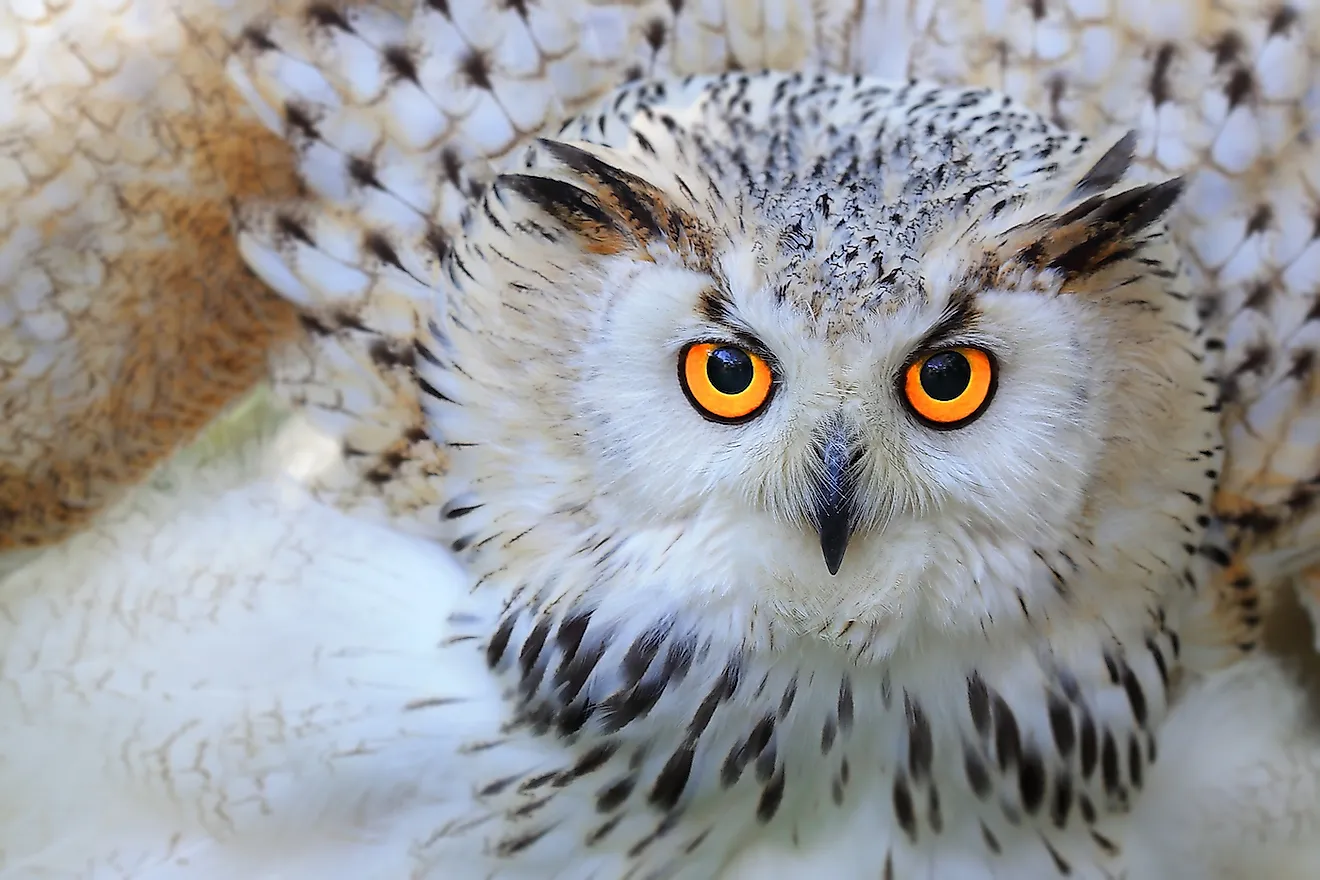
Owls exist on virtually every continent on earth except Antarctica (as well as various other remote oceanic islands). There are approximately 250 variety of owls scattered across the globe ranging in various sizes and colours. They hunt different types of prey and live in a variety of nests and burrows. Owls are classified as 'Strigiformes' and have been found in the fossil record dating back to the time just after it is believed non-avian dinosaurs (like T-rex and Triceratops) went extinct, around 66-million years ago. Ogygoptynx, the oldest owl fossil on record, was believed to have lived in present-day Colorado about 61-million years ago.
9. Facial Recognition
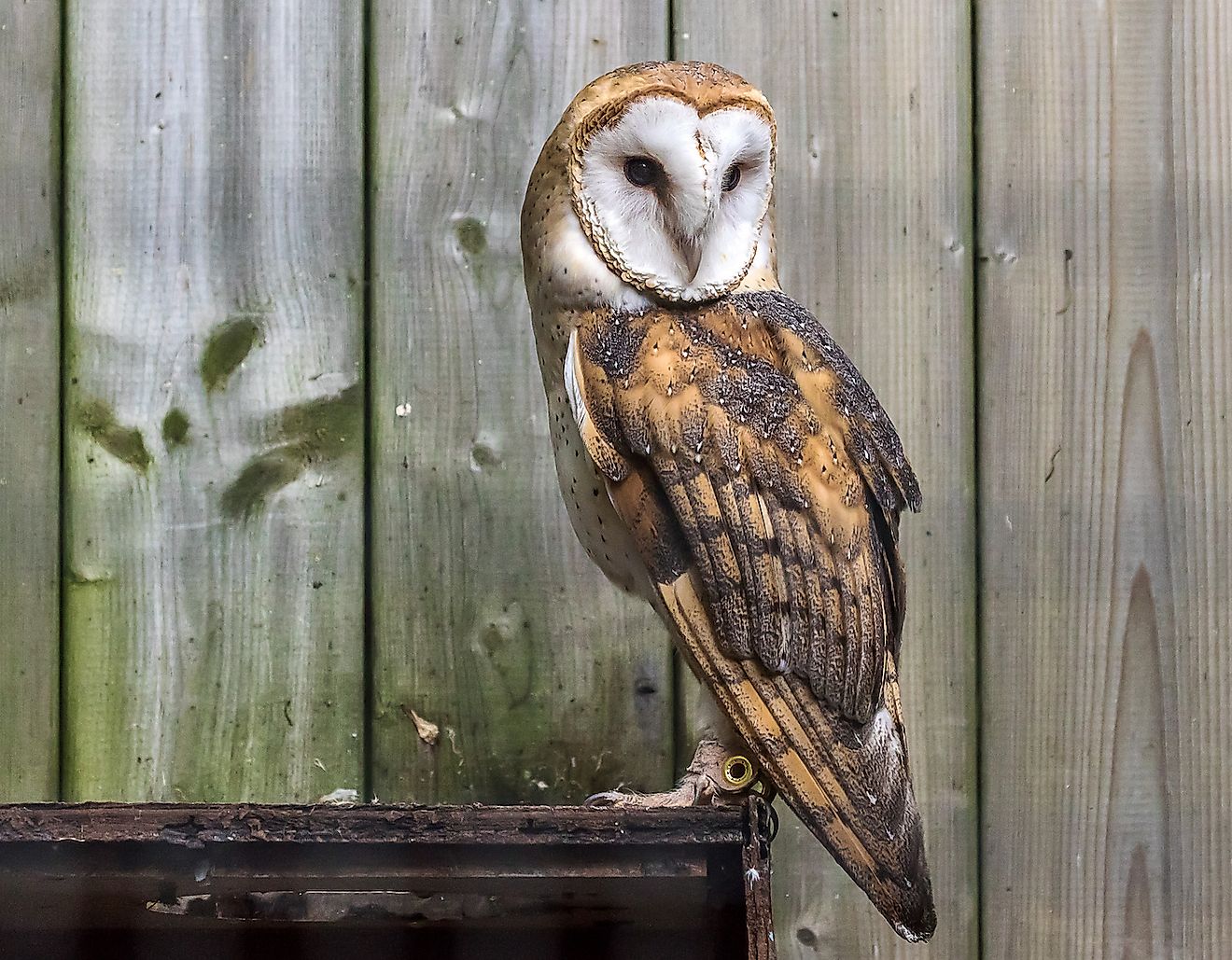
If you are looking to impress at your next bird watching excursion, then use this simple trick to help identify any owl you may be lucky enough to spot. Owls can be classified by applying a basic form of facial recognition. Owls are a part of a group of birds known as 'Strigiformes', and can be grouped into two distinct groups, called 'families'. These families are known as 'Tytonidae' and 'Strigidae'. Strigidae, which most owls group into, feature circular shaped faces while owls classified in the family Tytonidae, such as Barn Owls, feature heart-shaped faces.
8. Whooo Knew?
One of the most iconic and recognizable features of an owl is its 'hoot'. Often utilized in movies to add that extra hint of eeriness to a horror scene, the ominous 'hoot' of an owl can send chills up any unsuspecting spine. Still, there are some owls who prefer to do it differently in the real world. Some owls actually 'up the ante' in the creepiness department, producing various hissing sounds instead. Just ask anyone who has stumbled across a Barn Owl in the middle of the night, it can be blood-curdling. Others, like the Burrowing Owl, can mimic the sound of a rattle-snake, producing a hiss-like rattle noise to ward off any unwanted visitors.
7. Parliament Is In Session
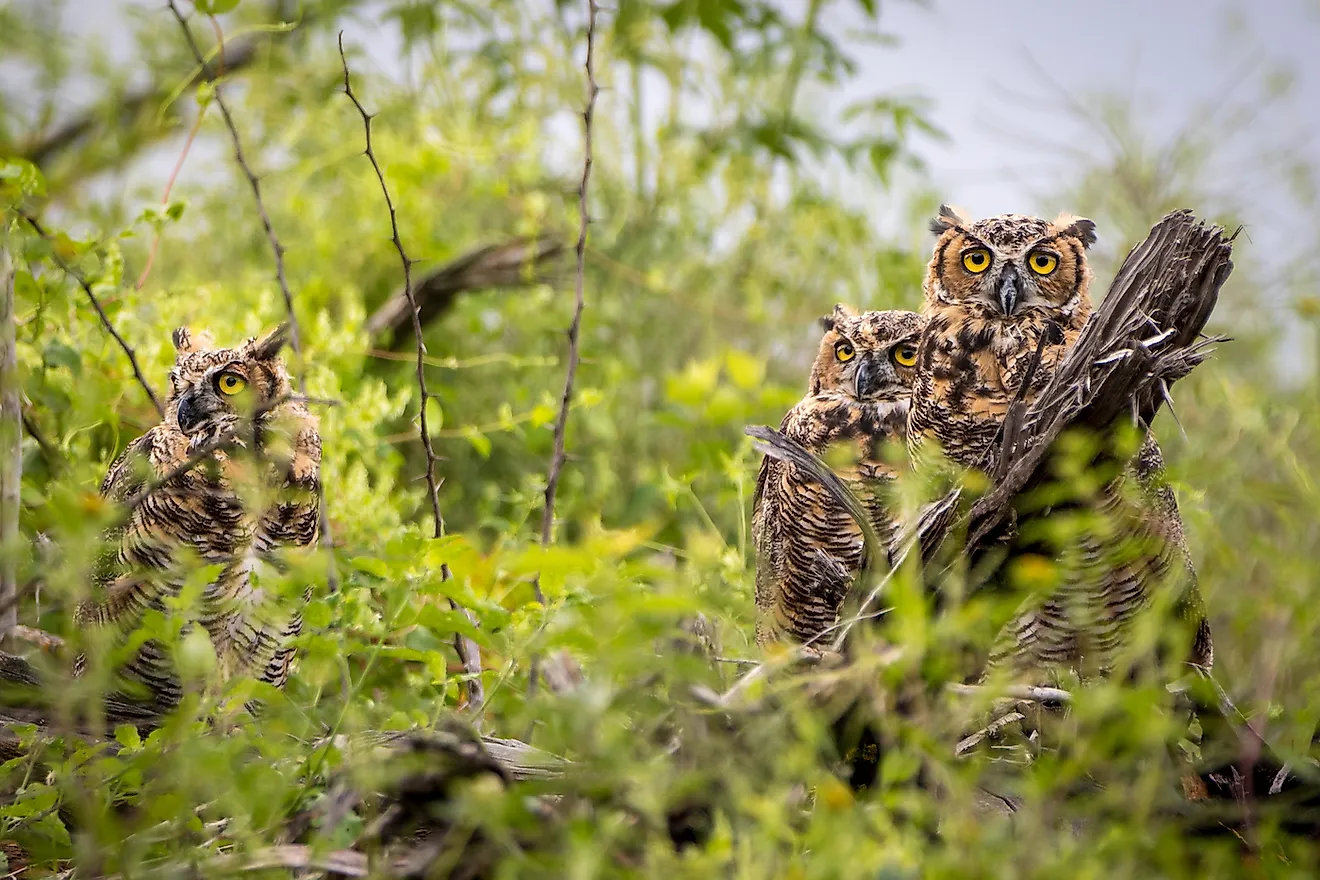
Maybe it is due to the large piercing eyes, or the mysterious nocturnal nature in which they conduct their business, but owls are considered by many to be a symbol of 'wisdom and secret knowledge'. From ancient occult traditions, to the adventures of Winnie-the-Pooh, the idea of the 'wise old owl' has been widely accepted. When a group of 'wise old owls' get together, it is officially called a 'parliament'.
The term 'a parliament of owls' was first coined by author, C.S. Lewis, in his classic adventure tale: 'The Chronicles of Narnia'. It was used as a term to describe the gathering of a tribunal of owls who would meet to deliberate 'Narnian' business and legislation. The book has sold so many copies world-wide (Over 100 million) that the term has become the most widely recognized designation when referring to a gathering of owls.
6. The World's Largest Owl
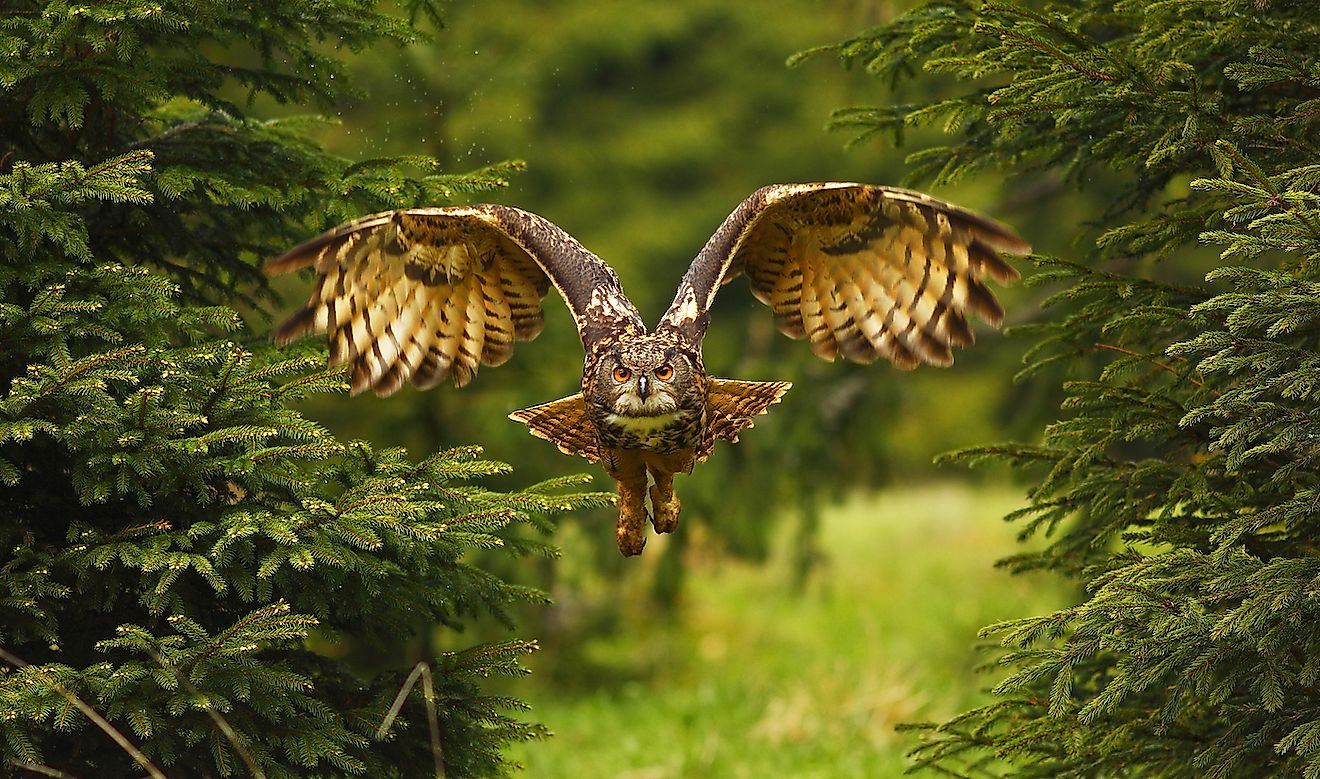
While the Grey Owl has been commonly referred to as one of the largest owls in the world, according to the Guinness World Records, the largest owl in the world is 'the Eurasian eagle-owl (Bubo bubo). It has an average length of 26-28 inches and weighs anywhere from three to eight pounds (lbs.) with a wingspan reaching over six-feet wide in some cases. Despite their size, Eagle Owls are virtually silent when flying and will hunt almost anything that moves. Small rodents like mice or voles are basically just appetizers, as more substantial animals like foxes and small deer have been known to make the 'Feature Special' on this enormous owl's dinner menu.
5. The World's Smallest Owl
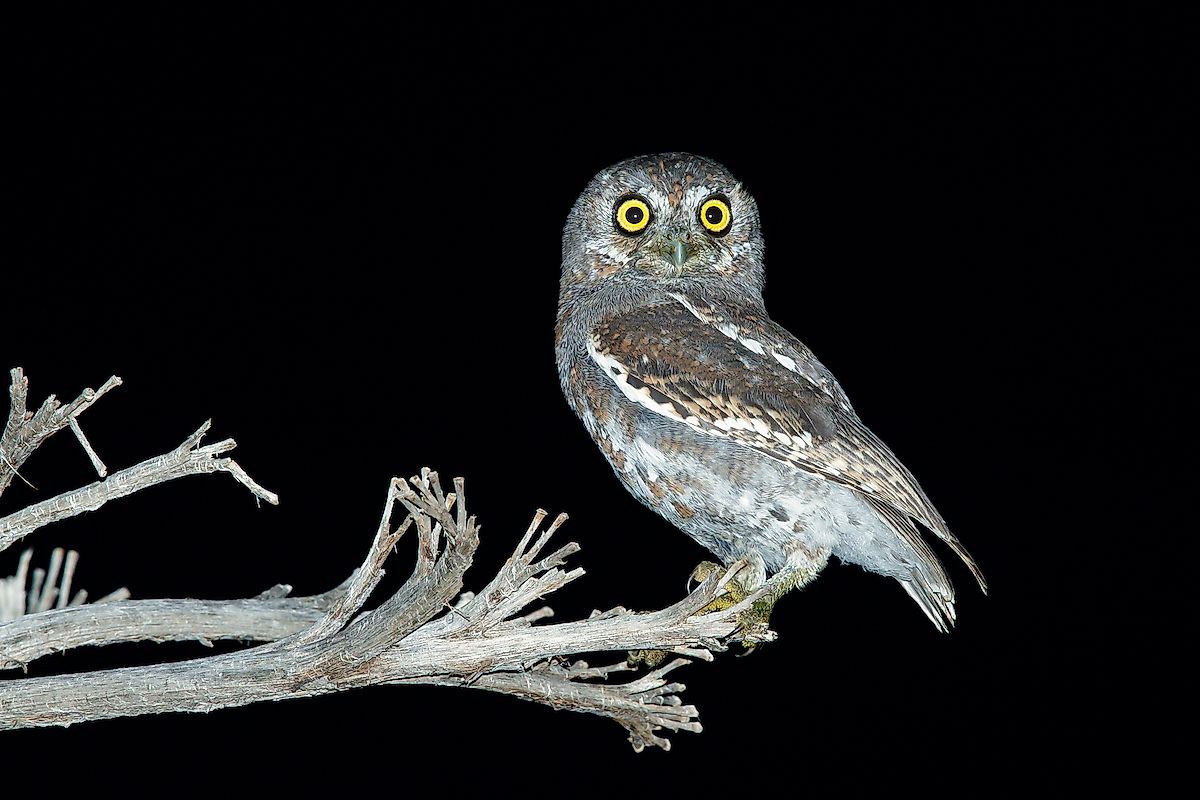
The smallest owl in the world is known as the Whitney's elf owl, (Micrathene whitneyi) standing at approximately 5-inches tall. Weighing in at just over one ounce, the Elf Owl is practically microscopic compared to its Eurasian eagle-owl (Bubo bubo) counterpart.The Elf Owl is commonly found in the Sonoran and Chihuahuan desert regions of North America and have been known to make nests in hollowed out burrows in cacti. Unlike many owls, who primarily hunt small mammals, the Elf Owl feeds on small moths, beetles, crickets and other smaller nocturnal insects.
4. Asymmetrical Ears
Owls have fantastic hearing, largely due to the placement of their ears. They have 'asymmetrical placement', meaning their ears are located at different heights on the side of their heads. Due to this, owls have the ability to detect sound vibrations on varying levels of frequency, which drastically improves their range of hearing. It allows them to distinguish even the slightest disturbances on the ground floor which means, for an owl, a small mouse brushing past a dry leaf could sound more like a herd of elephants crashing through the brush. (And, while that analogy might be bordering on hyperbole, it is important to emphasize the fact that an owl's hearing is one of its most effective tools.)
3. A Reversible Toe
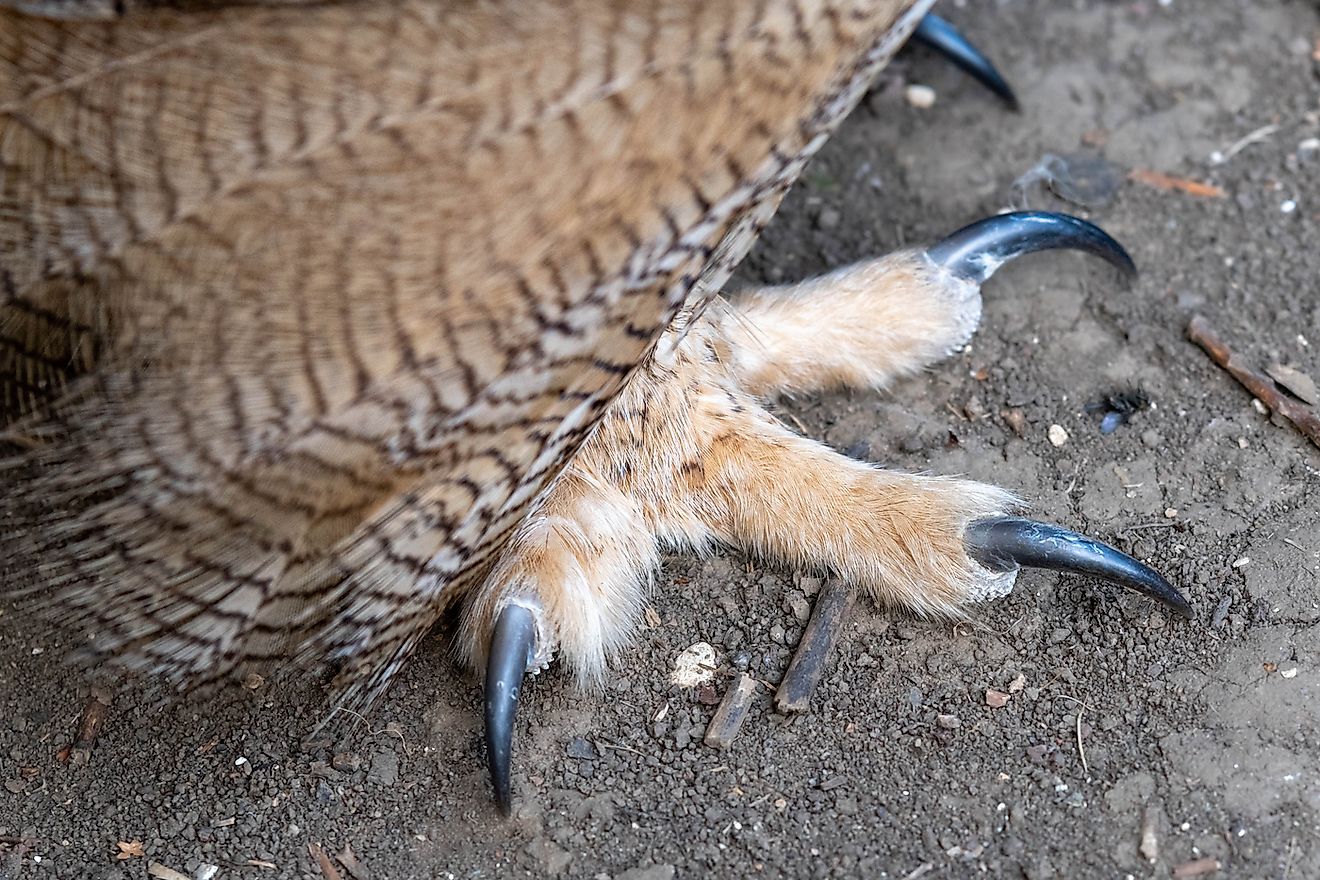
One noticeable feature of owls, similar in most 'raptors' or 'birds of prey', are their large claws, called talons, located on their feet. Each owl foot features four toes, with razor-sharp talons that are the primary strike weapons utilized in hunting. These talons are controlled by a unique joint that causes a 'reversible toe' effect. Owls are zygodactyl, so their feet are designed with two forward-facing toes and two backwards-facing toes. Owls, in particular, are unique because they can swivel one toe front-to-back, adjusting the placement to assist in clutching prey, or to establish secure footing while roosting high in the branches of a tree. In a similar way the opposable thumb provides significant evolutionary advantages for humans and some primates, the owl's reversible toe is a vital tool for the species' survival.
2. Owls Don't Have Eyeballs
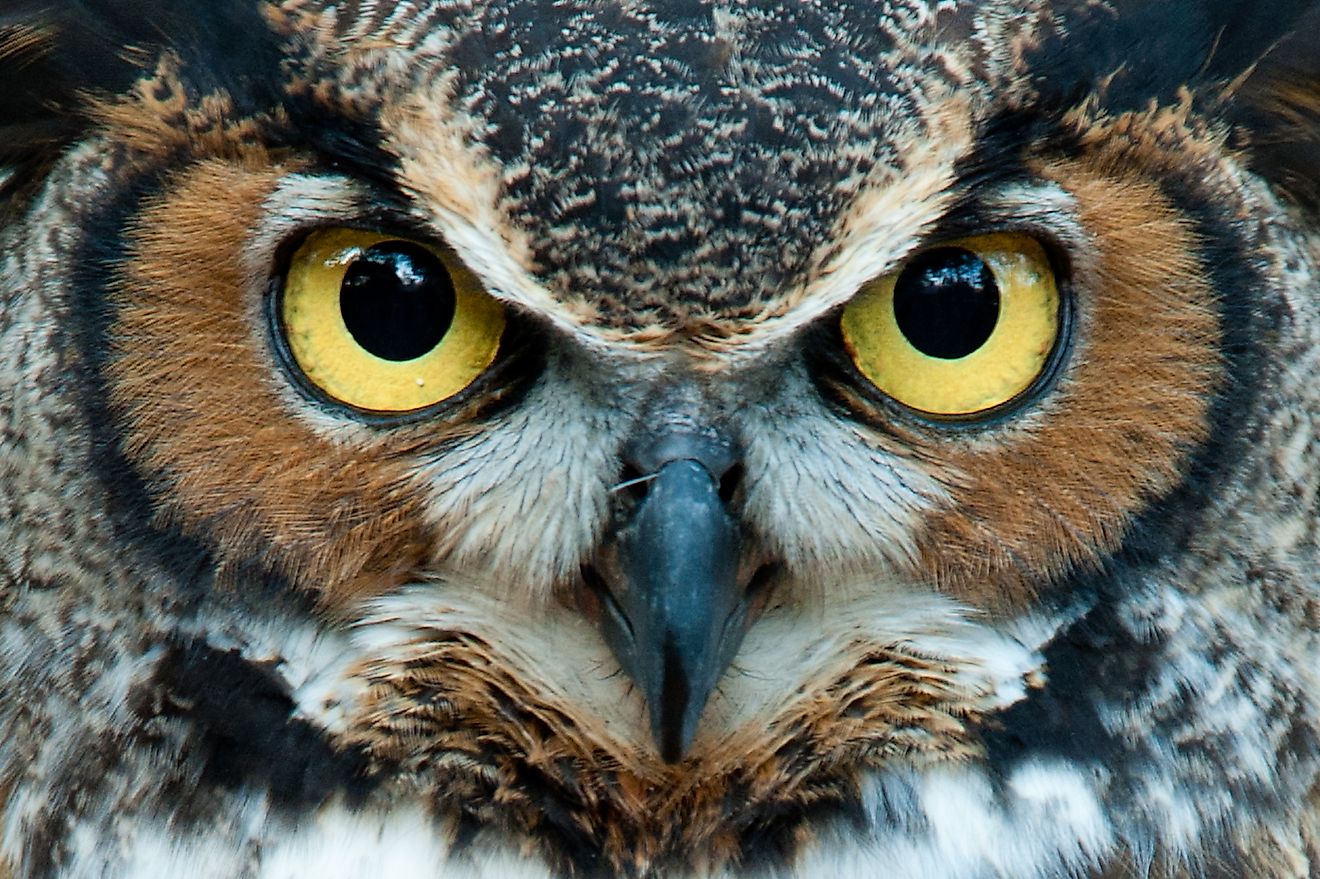
One of the most striking features of an owl is its large, round eyes, but in reality an owl's eyes are actually not eyeballs at all; at least not in the traditional sense. Primarily designed for use in low light, owls are actually far-sighted. An owl's eyes are forward-facing, providing binocular vision just like humans, and yet their eyes are tubular-shaped, specialized to focus on prey from far distances. Owls eyes are held inside the skull by bony structures called Sclerotic Rings, which fix the eyes in place.
1. A Dizzying Display
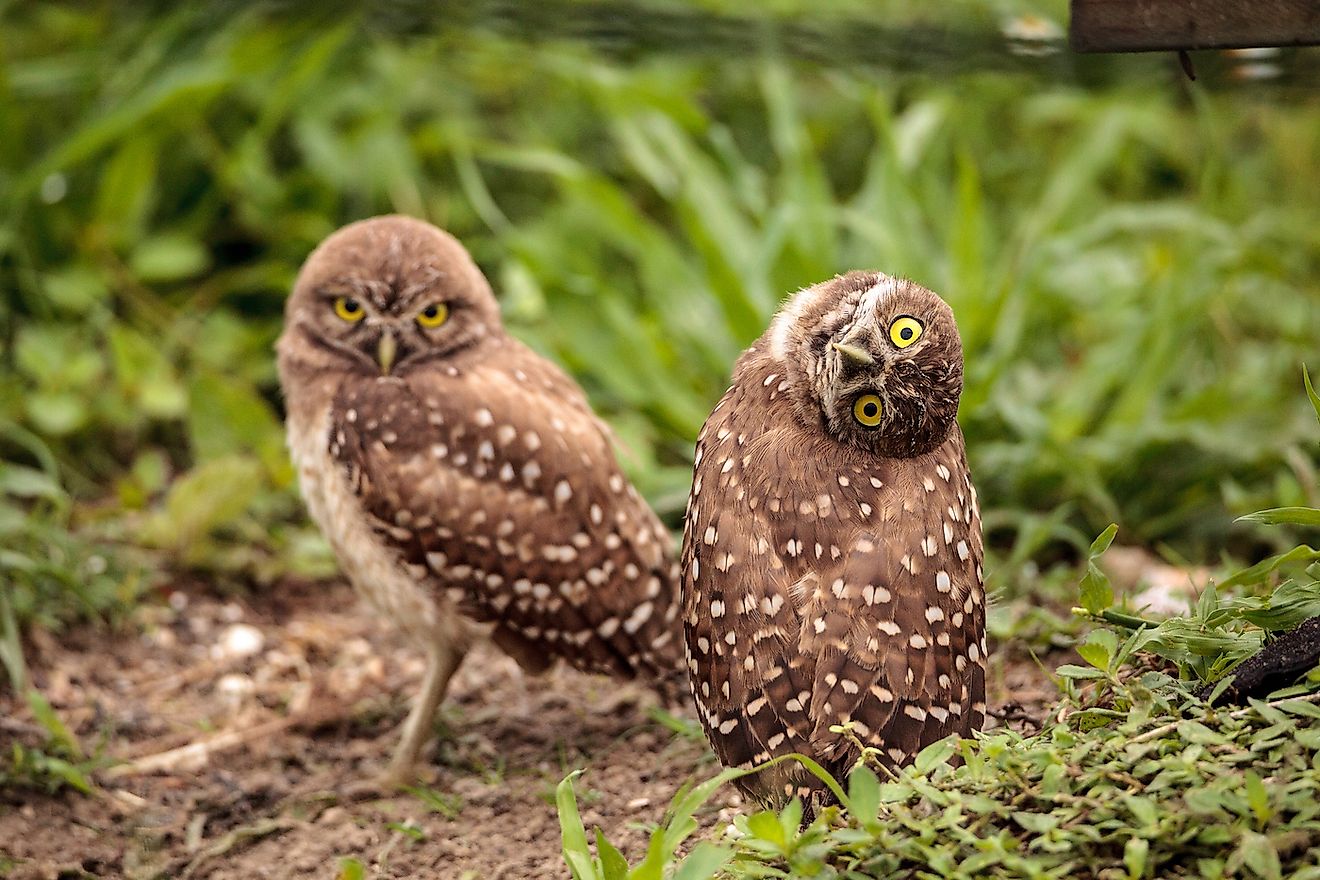
Here is a final fact about owls that will make your head spin. As mentioned earlier, owls have eyes fixed in their skull, so they are limited to a field of view within the range of movement of their heads. So to combat this evolutionary challenge, owls developed a unique ability to rotate their heads 270-degrees around their body, as well as the ability to look up and down at 90-degree angles, without moving their shoulders. Talk about the ultimate surveillance system, owls can literally watch their own backs!











